Learn to make this easy and quick pickled carrots recipe in under 30 minutes. This pickle requires no vinegar, and no oil and stays fresh for weeks.
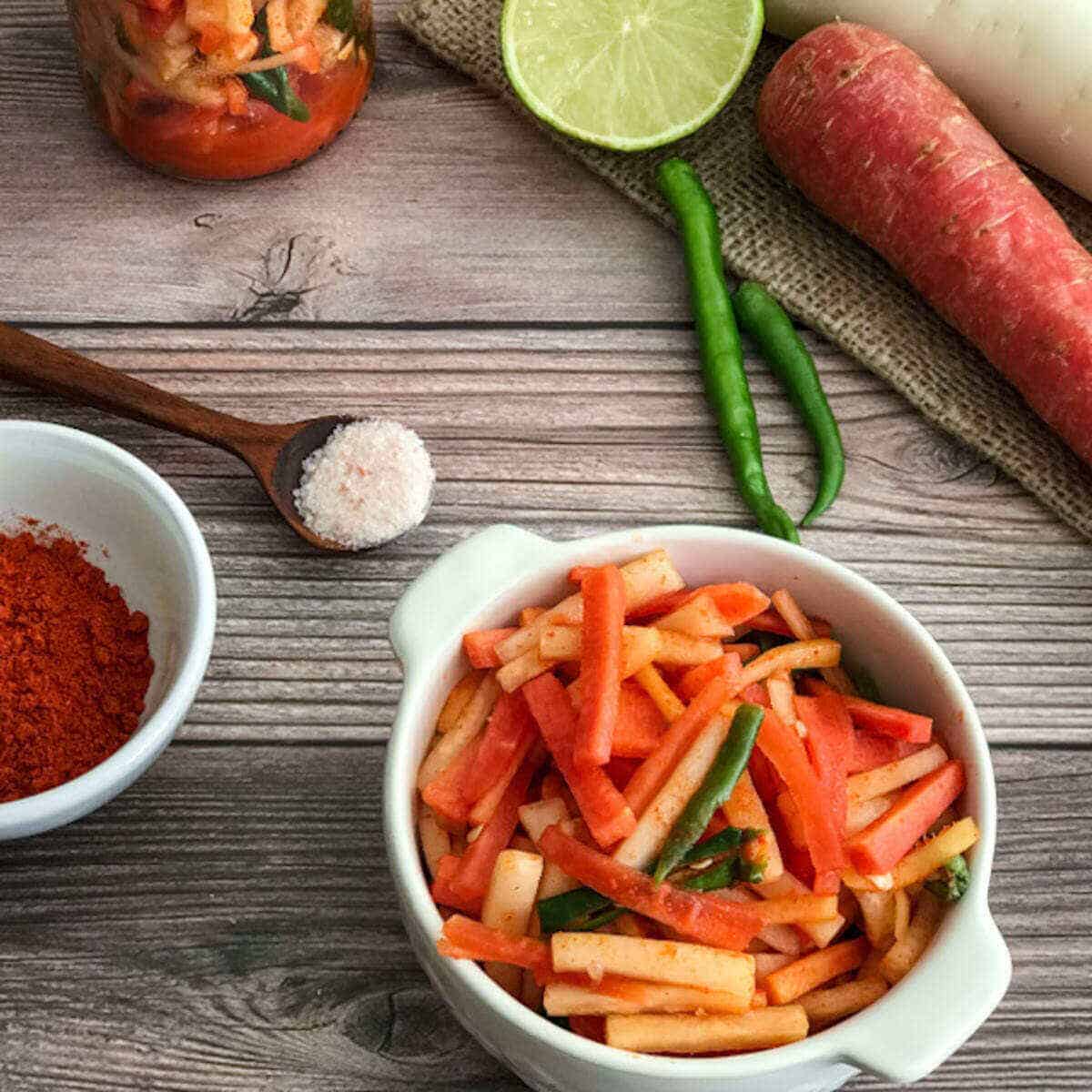
Save This Recipe
Enter your email & I'll send it to your inbox.
By submitting this form, you consent to receive emails from MyGoodFoodWorld
What is life without a bit of spice, right?! My Indian palate craves something spicy, tangy, and zesty ever so often, and on days when I am rushed for time, I heavily depend on instant condiments to help dial up the flavors - for example, this spiced onion salad can elevate any meal from simple to sublime any day 😋.
Made with fresh carrots and daikon (also known as white radish or mooli), this pickle requires minimal spices, is ready to consume in under 30 minutes and has no vinegar and no oil! Sounds too good to be true? Read on to find out how to make this versatile condiment.
Jump to:
Ingredients for quick pickled carrots
Quick and easy but no compromise! This recipe requires just your everyday pantry ingredients.
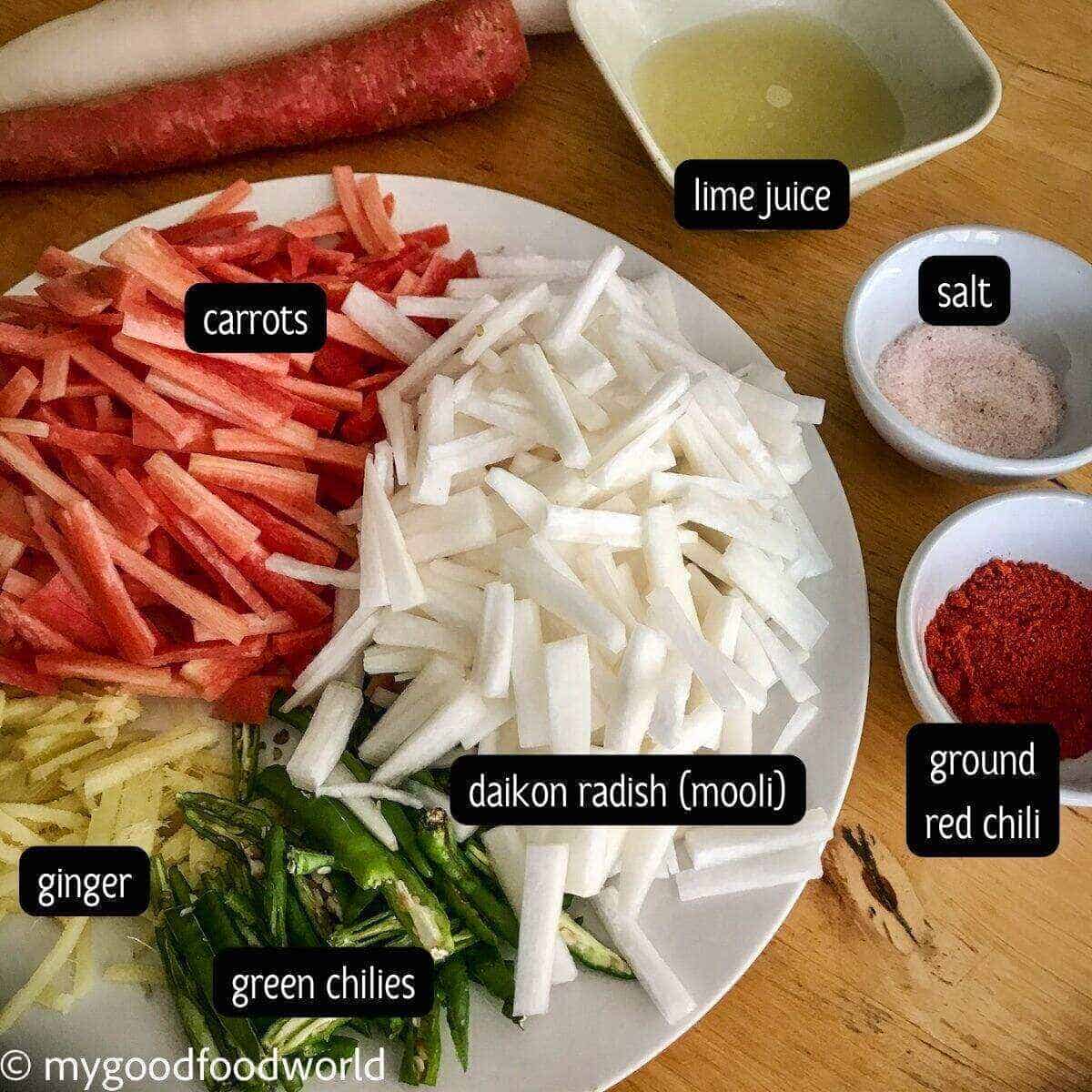
- Daikon: Use ones that are white and firm. Ones that are yellowish and with "whiskers" indicate that they are not fresh and tender. Daikon is also known as white radish or mooli.
- Carrots: I make this pickle a lot during the winter. During winter, here in England, we get the deep, red-coloured Indian carrots which are so sweet and juicy. I have made this pickle with the regular orange-coloured carrots and that works well too.
- Ginger: Adds a "punch" to this pickle!
- Green Chillies: I have used mild green chillies for this recipe. You may want to use a spicier variety if you can handle the heat.
- Paprika/ Ground Red Chilli: I use the Kashmiri red chilli powder for this recipe mainly because it brings such a vibrant red hue to the dish, without making it overly spicy. You may use paprika instead.
- Juice of Lime: and not that of lemons! Why? because the juice of lime is a lot more tangy and fragrant than that of lemons. If using lemons bear in mind that you will need to use more juice in order to bring the desired level of tanginess to this pickle.
Why you will love this pickle recipe
- This recipe is vegan, gluten-free and grain-free - in fact, it is all top 14 allergens-free!
- This recipe requires no oil.
- This recipe does not require vinegar.
- The pickle comes together in under 30 minutes.
- Requiring less than 10 ingredients, this recipe is quick and easy and can add loads of flavour to your meal!
- It stays good in the fridge for weeks!
- This recipe requires your everyday pantry ingredients that are available throughout the year.
Instructions
Let's learn how to make this super easy pickle shall we? It will take less than 30 minutes and last for weeks!
The detailed recipe (with video) is below in a separate, printable recipe card.
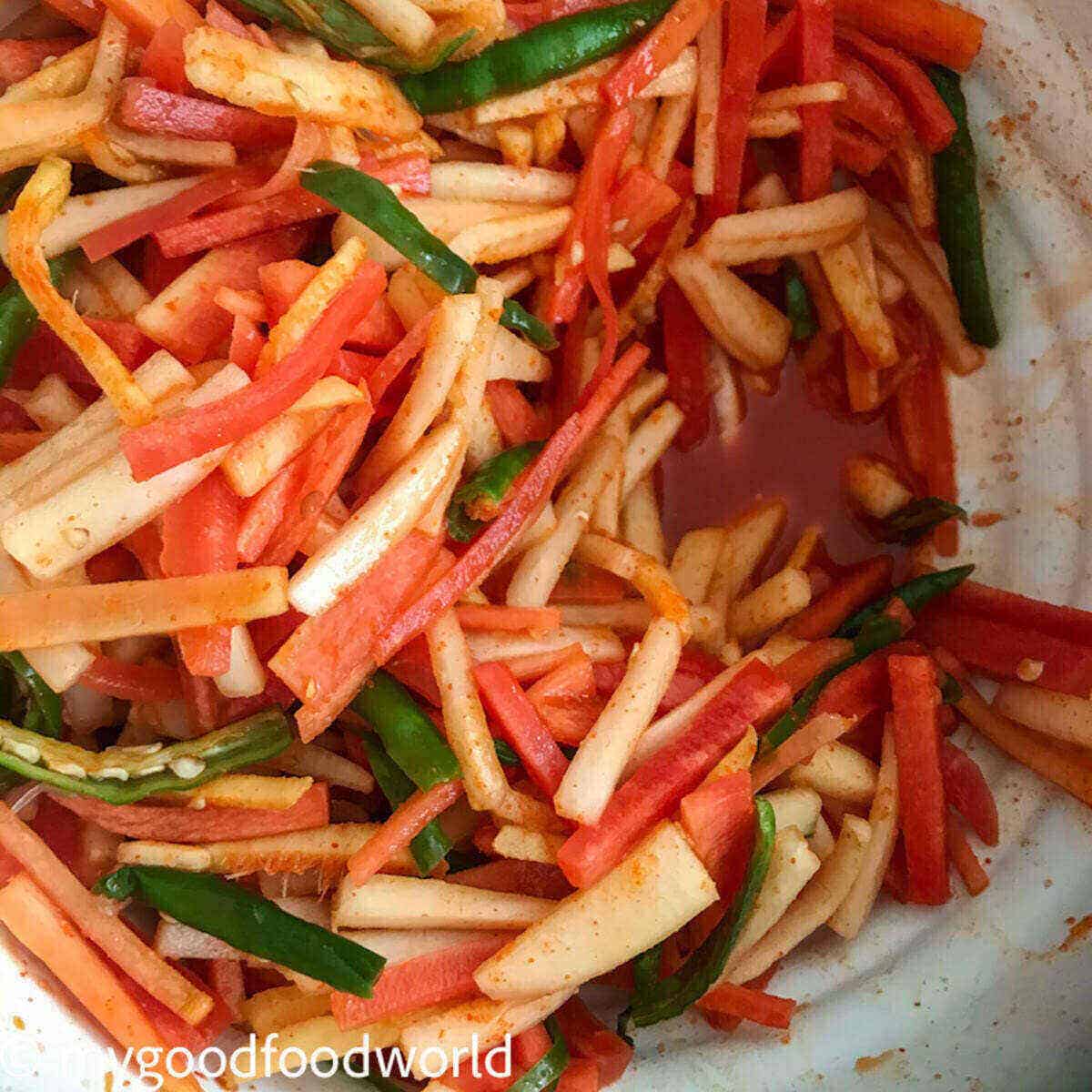
Step 1: The important thing to keep in mind is to cut the carrots, daikon, ginger and green chillies into "matchsticks". This will help them marinate in the juices a lot quicker.
Note: I have cut these with a knife. Use a mandolin or food processor, if you have one.
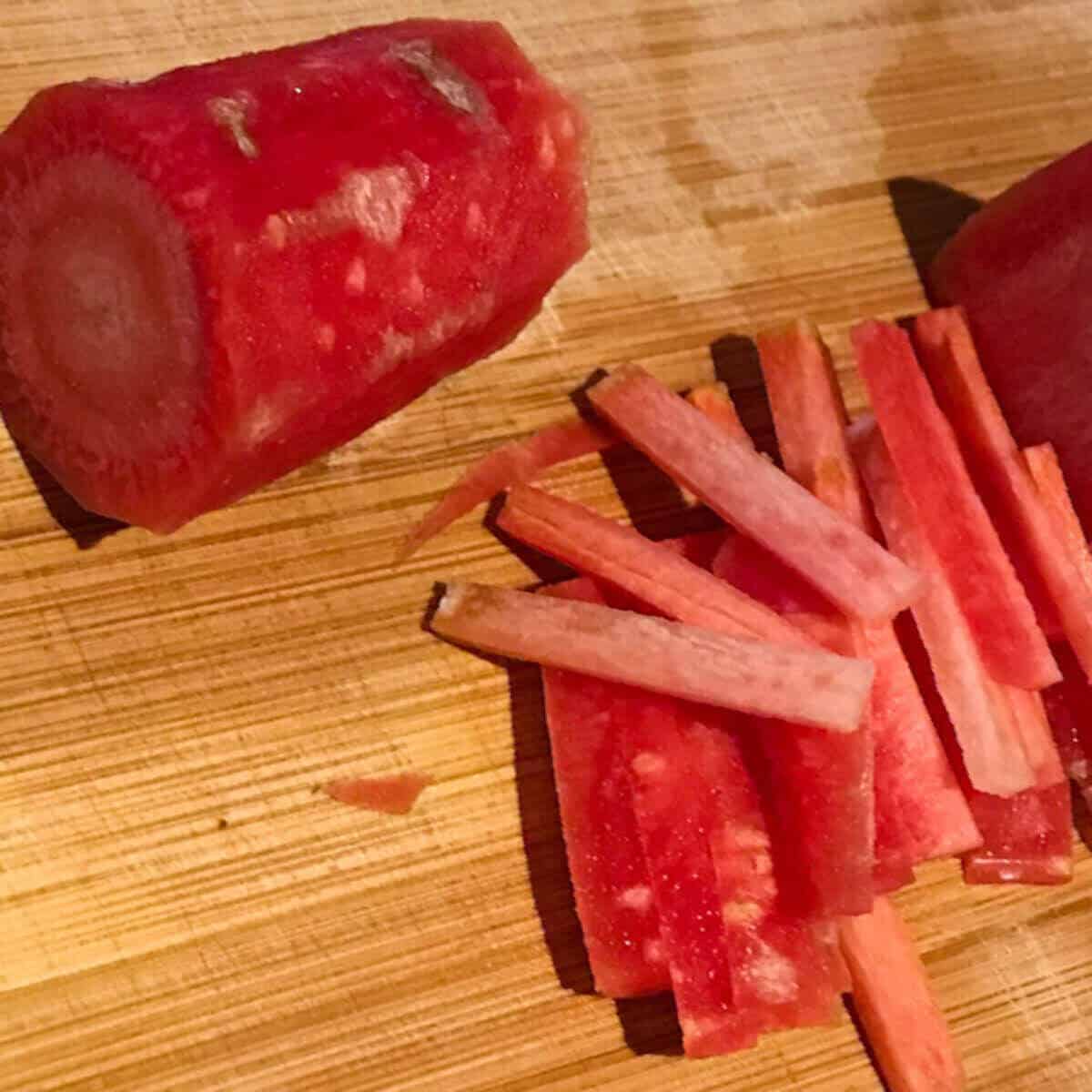
Step 2: Place the thinly cut carrots, daikon, ginger and green chillies into a wide bowl. Add the salt, chilli powder and lime juice. Mix well.
Step 3: The pickle is ready to eat right away, however, for best results and taste, rest it for at least 30 minutes.
Substitutions
Not a fan of chillies? No worries, just skip that part entirely or if you still want the flavour without the spice, use bell pepper (capsicum) instead.
Use mango ginger: Instead of ginger, if you have it. Mango ginger is a type of ginger that has a tangy (like green mango) taste to it. It adds a lovely zing to the pickle.
Serving Suggestions
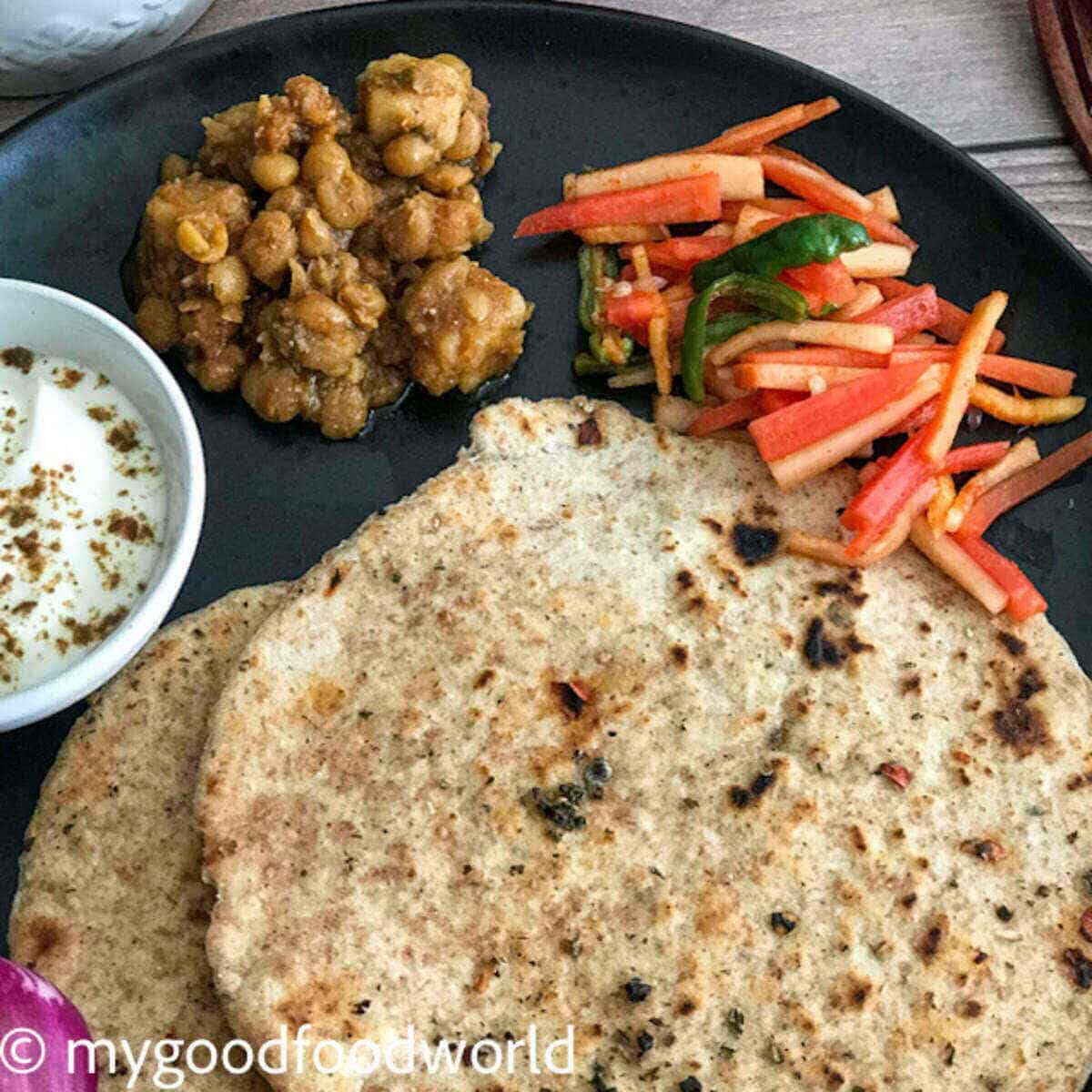
This condiment is so versatile that it can be served with literally anything!
- It tastes great with crepes, wraps or with sandwiches. For that extra "oomph" smear a layer of this gorgeously emerald cilantro mint chutney.
- My favorite meal that includes this pickle is: bullet naan and green moong dal with mild and creamy cucumber raita.
- On the days when I feel like having a gluten-free meal, this spicy, tangy deliciousness goes well with buttered rice and vegetable pulao - these mild rice dishes make a good base for this spicy, tangy pickle! The pickling juices form a "gravy" for the rice. Yummy! 🙂
Do you love pickles as well? Do let me know in the comments below.
Storage
- This pickle can be consumed as soon as it is made. However, you can make a big batch of it and store it for later. It is such a saviour that you will want to keep a bottle of this in your fridge!
- Store this pickle in a glass jar and in the refrigerator. It will stay good for 2-3 weeks.
Frequently Asked Questions
What is Daikon? In Japanese, daikon literally means big root. It is a mild flavoured edible root vegetable. It is most commonly white in colour and is a winter vegetable. Popular in Japanese, Chinese and Indian cuisines, daikon is known as Mooli in Hindi.
Is Daikon the same as Radish?: Although daikon is also known as white radish and there are some similarities between the two, Daikon and radish are different. These are some differences: A) Daikon is most commonly white and long whereas radish is most commonly round, and reddish/pink in colour. B) Daikon has a mild, sweetish taste, while the red radish is peppery in taste. C) Radishes are eaten raw - mostly in salads while the Daikon can be eaten raw or cooked.
This quick pickled carrots recipe is ready in under 30 minutes and can be consumed straight away. However, for the best taste and flavour, rest it for 30 minutes before consuming.
I hope that you enjoy making this easy and quick pickled carrots and daikon radish recipe as much as I have enjoyed sharing it with you. If you have made it, please take a moment to leave a comment and /or a rating below. This will make me super happy and motivate me to create more good content for you! xx Padma
📖 Recipe

Spicy Quick Pickled Carrots and Daikon Radish
Save This Recipe
Enter your email & I'll send it to your inbox.
By submitting this form, you consent to receive emails from MyGoodFoodWorld
Ingredients
Equipment
Instructions
- Cut the carrots, daikon, ginger and green chillies into thin “matchsticks”. Cutting them in this way will help them marinate faster in the juices and the pickle will be ready in no time! I have cut these with a knife, however, if you have a mandolin, do use that.
- Place the veggie matchsticks in a wide bowl. Add the juice of lime, ground red chili and salt. Mix well so that the vegetables are coated with the spices and juice evenly.2 large carrots, 1 large daikon radish, 2 inches fresh ginger, 10 - 12 green chilies, 3 teaspoons salt, 1 and ½ fresh limes, 1 and ½ teaspoons ground red chili
- The pickle is ready to be eaten now.
- If you have the time, let the pickle rest and marinate for at least 30 minutes. This will give the vegetables time to ooze their juices while absorbing the salt and all the flavors.
- Store in a mason jar (or any other glass jar) with a tight fitting lid in the fridge.
- Serve it with your main meal or as a filling for your wrap/ sandwich. I love serving it with this pulav rice or with this gluten free naan.
Nutrition
The nutritional information is calculated using an online calculator and is based on available ingredients and preparation. It should not be considered a substitute for a professional nutritionists' advice. Changing the quantities and cooking technique will alter the nutritional calculations.
Video

Notes
- Carrots: Winter is when I make this pickle quite often. That is mainly because that is the season for daikon (they are called winter radish!). Also because we get those deep red-coloured carrots which are so much sweeter that the regular orange ones that we get throughout the year. However, I have made this pickle with regular orange-coloured carrots and that works well too.
- Daikon: Use ones that are white and firm. Oftentimes you will find daikon that is yellowish and with hair like “whiskers” – they are that way because they are not fresh and tender. I would not recommend that you use those. Since we are using them raw, the fresh tender ones will work best for this recipe.
- Fresh ginger: Adds a “punch” to this pickle! When in India, I like to add mango ginger to this pickle. Mango ginger is a type of ginger that has a tangy (like green mango) taste to it. It adds a unique flavour and zing to the pickle. In the absence of mango ginger, I have been adding fresh root ginger and loving it!
- Green chillies: I love the flavour of green chillies! I, therefore, add them to almost all my dishes. I have used mild green chillies for this recipe. You may want to use a spicier variety if you can handle the heat. Although I would highly recommend adding some amount of green chillies to this recipe, if it is not an ingredient that you like, you may omit it completely. The pickle will still taste good 🙂
- Lemons or Limes?: lime it is for me! Lime juice is a lot more tangy and fragrant than lemons and therefore I prefer to use it. If in the scenario that you have only lemons with you, please bear in mind that you will need to use more lemon juice to bring the right level of tanginess to this pickle.
- Ground red chilli: I use Kashmiri red chilli powder for this recipe mainly because it brings such a vibrant red hue to the dish, without making it overly spicy. You may use paprika instead.
Alternative quantities provided in the recipe card are for 1x only.
Our content aims to be informative and educational, but it should not replace professional medical advice. Since manufacturing processes can vary and cross-contamination is possible, it's essential to verify product labels and allergen information. Make sure all ingredients align with your specific allergies. As readers, you bear the responsibility for ensuring allergen safety when buying or consuming foods.


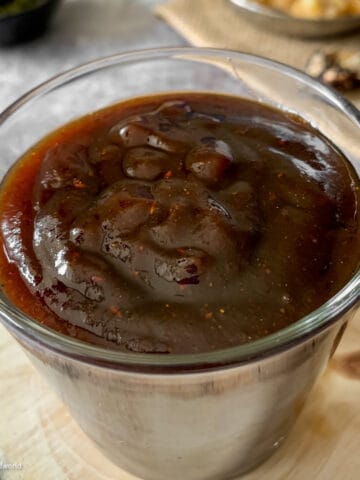
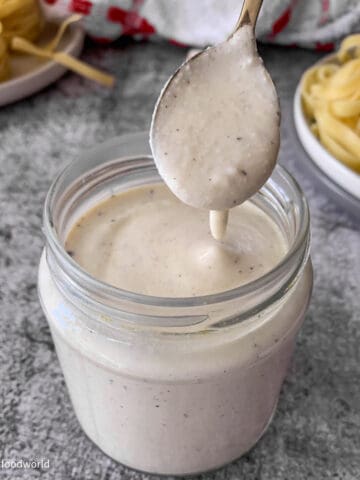
Melinda says
Spicy and tangy, the pickled carrots were a nice surprise to serve alongside burgers from the grill. I'm eager to make this recipe again and serve it alongside another protein. Love that there's no vinegar in the recipe!
Padma Kumar says
Thank you Melinda. Glad that you loved it.
swathi iyer says
I liked this pickled carrots and daikon delicious. Perfect side treat.
Padma Kumar says
Absolutely, Swathi!
Gloria says
Quick pickles are the best. I don't do traditional canning. Having these on hand for burgers and more is perfect.
Padma Kumar says
Absolutely! I have a bottle of this in my fridge for burgers, wraps, sandwiches and more!
Kit says
This is such a fun, unique salad! I love daikon, so this is definitely going on my list of recipes to try!
Padma Kumar says
Indeed Kit, this is a saviour and perks up any meal.
Andréa Janssen says
I love a condiment to go to that is easy and delicious the same time. These carrots and daikon salad certainly was. I'm going to make this more often.
Padma Kumar says
Thank you Andrea. I have a bottle of this always in my fridge...perks up any meal!
Devaki says
Love the simplicity of this recipe. And wow! Mind blowing delicious 🤤
Padma Kumar says
Thank you Devaki. My younger daughter thinks the same 🙂